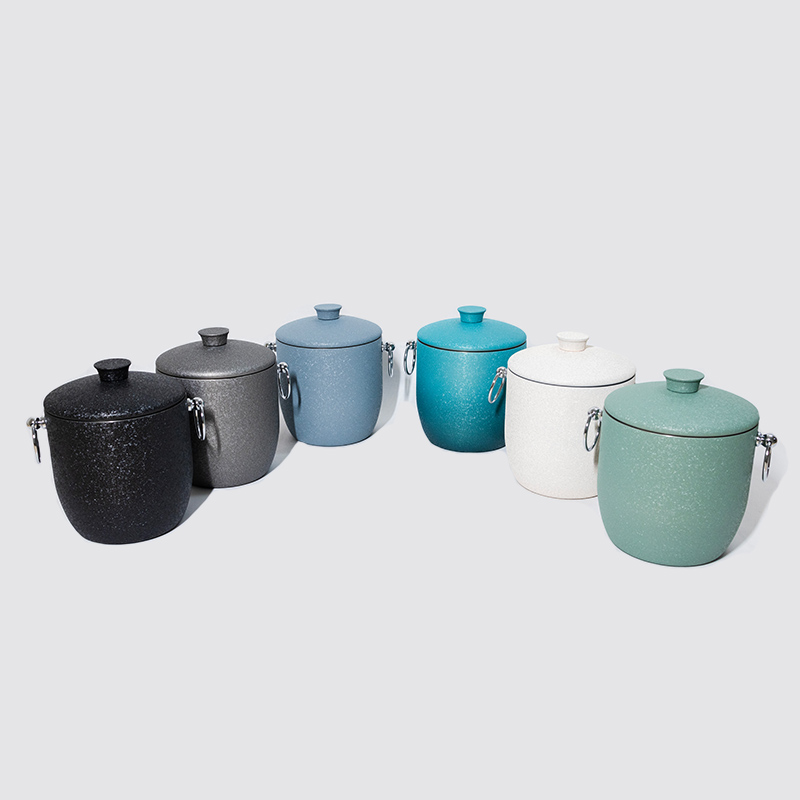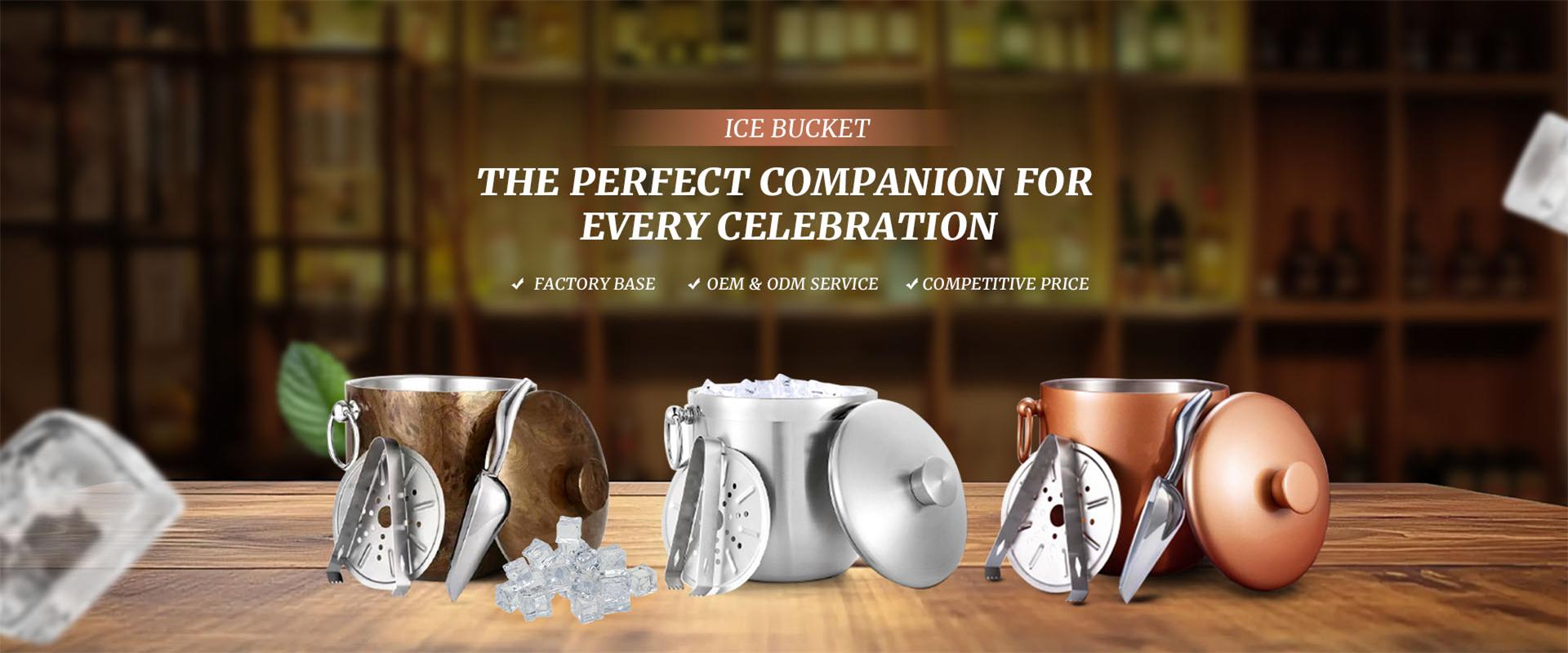How Long Do Ice Buckets Keep Ice?
Ice Buckets are a staple in both casual and professional settings for keeping drinks cold. Whether at a party, restaurant, or bar, having a reliable ice bucket is crucial to maintaining the chill of beverages. However, one question that often comes up is: How long do ice buckets actually keep ice? The answer depends on various factors, including the type of ice bucket, insulation, and external conditions. In this article, we’ll explore these factors to help you understand how long your ice bucket can keep ice cold and how to maximize its effectiveness.
Factors That Affect How Long Ice Stays in an Ice Bucket
1. Type of Ice Bucket
The design and material of the ice bucket play a significant role in how long it can retain the cold. Ice buckets can be categorized into two types: insulated and non-insulated.
insulated ice buckets: These buckets feature a layer of insulation, typically made from foam or double-walled stainless steel, that prevents heat transfer. Insulated buckets can keep ice cold for a significantly longer period, generally between 4 to 6 hours, depending on the external temperature.
Non-Insulated Ice Buckets: These buckets are made of materials like stainless steel or plastic but lack insulation. Ice in non-insulated buckets tends to melt much faster, usually within 2 to 3 hours.
2. Ice Type
The type of ice you use in your bucket can impact how long it stays cold. Larger ice cubes or ice balls melt more slowly than smaller crushed ice. This is because larger ice pieces have a smaller surface area relative to their volume, reducing the rate at which heat is absorbed and the ice melts. On the other hand, crushed or smaller ice has a larger surface area, which leads to faster melting.
3. External Temperature
The ambient temperature of the environment is one of the most critical factors in determining how long the ice will last. In a hot environment, whether it's a summer day at a backyard BBQ or an outdoor event, the ice will naturally melt faster. In contrast, a cool, air-conditioned room will slow the melting process. In general, ice in an insulated bucket can stay cold longer in a room-temperature or cool environment, while ice in non-insulated buckets is more susceptible to external temperature changes.
4. Bucket Size and Amount of Ice
The volume of ice you put in the bucket also affects how long it will last. A larger quantity of ice will take longer to melt compared to a smaller amount. Similarly, the size of the ice bucket itself will influence the ice retention. A larger bucket can store more ice and allow for better cooling efficiency, whereas a smaller bucket may lead to quicker melting as there’s less ice to begin with.
5. Air Circulation and Lid Usage
Air circulation also plays a role in how quickly ice melts. If the bucket is left open or exposed to wind or drafts, the ice will melt faster. Using a lid on the ice bucket can significantly slow down the melting process. Many high-quality ice buckets come with lids to reduce air exposure, which helps in keeping the ice cooler for longer.
How to Maximize Ice Retention in an Ice Bucket
While the design and materials of the bucket play a major role in ice retention, there are several strategies you can use to extend the life of ice in your bucket:
Pre-Chill the Ice Bucket: If you have a non-insulated bucket, pre-chilling it before adding ice can help delay the melting process. Simply place the bucket in the freezer for a few minutes to cool it down before adding the ice. This will reduce the temperature difference between the ice and the bucket, slowing down the melting.
Use Ice Blocks: Using larger blocks of ice instead of crushed ice can help the ice last longer. You can freeze large containers of water to create blocks or purchase ice blocks from suppliers. The slow melt rate will keep your ice cold longer.
Keep the Bucket Covered: If possible, always cover your ice bucket with a lid or cloth to reduce air exposure. This simple step will significantly slow down the rate at which the ice melts.
Keep the Bucket in a Cool Place: To maintain ice for longer, place the bucket in a shaded or air-conditioned area away from direct sunlight or heat sources. If you're outdoors, consider keeping it under a canopy or inside a cooler to reduce exposure to warm air.
Conclusion
The longevity of ice in an ice bucket depends on various factors such as the type of bucket, ice size, ambient temperature, and proper maintenance. Insulated ice buckets are significantly more effective at keeping ice cold, often preserving it for up to 6 hours, while non-insulated buckets may only last for a few hours. To maximize the effectiveness of your ice bucket, choose the right type of ice, keep the bucket covered, and store it in a cool environment. Understanding these factors will help you keep your beverages chilled and your ice longer lasting, ensuring a better experience whether you are at home or in a commercial setting.

Previous: How To Make Coffee in A Kettle?



